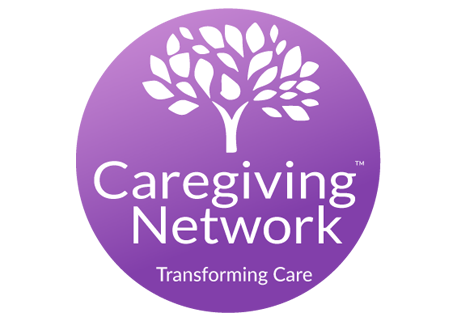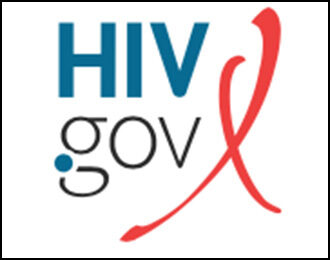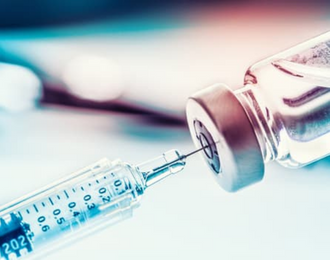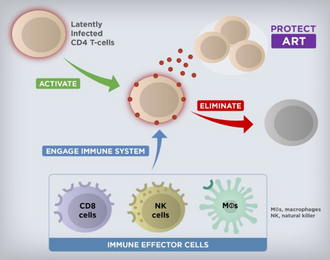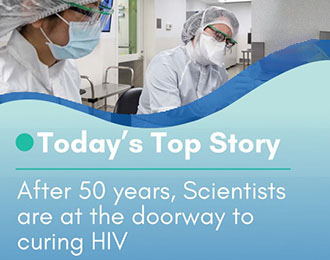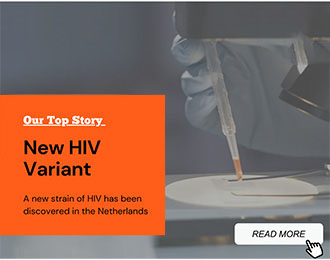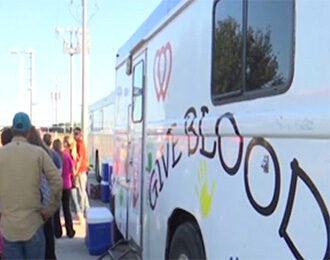What is pre-exposure prophylaxis, or PrEP?

Medical News Today – Updated for October 2021
Author: Jessica Caporuscio, Pharm.D.
Reviewed by Cameron White, M.D., MPH
Pre-exposure prophylaxis (PrEP) is an HIV prevention treatment that doctors prescribe to people who are HIV-negative but have an increased risk of contracting the virus.
PrEP treatment consists of drug therapy and counseling. The Food and Drug Administration (FDA) have approved two anti-HIV drugs for PrEP.
This article provides more information about PrEP for HIV and discusses its effectiveness and side effects.
What is it?
PrEP stands for pre-exposure prophylaxis.
It is a treatment program that includes antiretroviral drugs for people who do not have HIV but have an increased risk of contracting it.
To avoid contracting HIV, people on PrEP take one pill a day.
PrEP also includes counseling on other HIV-prevention methods, such as using barrier protection.
Different types of PrEP medication
The Centers for Disease Control and Prevention (CDC) note that there are two different types of medication that a healthcare professional may prescribe. According to HIV.gov, both medications contain 200 milligrams (mg) of emtricitabine. However, they contain different forms of tenofovir:
Emtricitabine in combination with tenofovir disoproxil fumarate (Truvada)
This drug is for those who may have a higher chance of contracting HIV through sex or the use of injectable drugs. Truvada contains 300 mg of tenofovir disoproxil fumarate (TDF).
Emtricitabine in combination with tenofovir alafenamide (Descovy)
This drug is an option for those who may have an increased chance of contracting HIV through sex. It is important to note that the FDA has not approved it for preventing HIV via receptive vaginal sex. Descovy contains 25 mg of tenofovir alafenamide (TAF).
Who is it for?
Doctors recommend PrEP to people who have tested negative for HIV but have an increased chance of contracting the virus.
For instance, PrEP may be beneficial if a person has had vaginal or anal sex in the past 6 months and:
- has a sexual partner with an HIV-positive status
- has received a sexually transmitted infection (STI) diagnosis in the last 6 months
- has not consistently used a condom during sex
Additionally, a person may need PrEP if they use injected recreational drugs and share needles and equipment with others.
If a person has a partner with HIV and is considering getting pregnant, they should talk with a doctor about taking PrEP.
Adults and adolescents need to weigh at least 75 pounds (lb)Trusted Source to take PrEP.
People who think that they may have had exposure to HIV cannot take PrEP, but they may be eligible for post-exposure prophylaxis, or PEP, which prevents HIV infection.
Effectiveness
The CDC notes that for PrEP to be effective, people need to take the medication as a healthcare professional has prescribed it.
They state that with proper use, PrEP treatment is 99% effective in reducing the chance of contracting HIV via sex and 74% effective in reducing HIV contraction via injection drug use.
The treatment provides a person with maximal protection from HIV during receptive anal sex after about 7 days.
For people taking PrEP to protect themselves from HIV through receptive vaginal sex or injection drug use, the treatment reaches maximal protection after 21 days.
How to get PrEP
A person will need to speak with a doctor to get PrEP medications, as they are available through prescription only.
The doctor will prescribe medication and counseling to reduce the likelihood of a person contracting HIV.
People will only be able to begin taking PrEP once a lab test has confirmed that they do not have HIV. During treatment, people are required to follow up with their doctor every 3 months.
At each of these checkups, the doctor will perform another HIV test. As long as the tests are still negative, the person can continue to receive their medications.
It is possible to begin taking PrEP or continue taking it without visiting a healthcare professional in person. A person can have a phone or video consultation with the healthcare provider and use mail-in self-testing.
Cost
Most insurance plans cover PrEP treatment. The coverage should include the medication, lab tests, and clinic visits.
With no insurance
A person with no insurance may be eligible for Medicaid or Affordable Care Act plans.
Some state Medicaid programs in the United States cover PrEP. People looking for more information on programs that cover PrEP can speak with a doctor or pharmacist.
If a person is not eligible for Medicaid, certain programs in the U.S. provide PrEP at a reduced cost or for free.
One such program is called Ready, Set, PrEP, and it should cover the cost of the medication for people who meet the eligibility criteria. In addition, a person can get lab tests and clinic visits at a community health center that uses a sliding scale fee.
Other programs that may offer PrEP at a reduced fee include co-pay assistance programs and state PrEP assistance programs.
Side effects and safety
Both forms of tenofovir are effective in preventing HIV, but they come with different side effects.
Compared with TDF, TAF causes fewer side effects involving the kidneys and bones, but it may lead to weight gain and high cholesterol.
Experts consider PrEP to be safe, but any medication can cause side effects.
Side effects that people may experience include:
- diarrhea
- nausea
- headaches
- fatigue
- stomach pain
These side effects are usually mild and go away without intervention. However, people should seek medical attention if they experience bothersome side effects that are severe or do not resolve.
The following list shows some additional side effects of Truvada:
- depression
- dizziness
- upper respiratory infection
- rash
- sleeplessness
What if a person needs to stop taking it?
People may need to stop taking PrEP for several reasons, including:
- changes in a person’s life that reduce their chance of contracting HIV
- lack of adherence to taking one pill a day
- side effects interfering with activities of daily living
- blood test results indicating that the body is responding negatively to PrEP
In these cases, a person can discuss alternative options with their healthcare provider.
Starting it again
Anyone who wants to start taking PrEP again after stopping its use must take another HIV test to ensure that they do not have the virus before starting the treatment.
Can a person take it just once?
While the medications that doctors use for PrEP are the same as those that they prescribe for treating HIV, taking only Truvada or Descovy to treat HIV is ineffective.
Inadequate treatment for HIV can increase the risk of viral resistance to effective medicines.
PrEP vs. PEP
While PrEP is suitable for people who have a continual chance of contracting HIV, PEP prevents HIV in people who have had exposure to the virus.
Once a person becomes exposed to HIV, they must start PEP as soon as possible as it will only be effective within 72 hours of exposure.
A person will need to take PEP for 28 days.
There are different PEP regimens for children, people with kidney failure, and pregnant people.
PEP is only for emergency situations. If a person has frequent exposure to HIV, they should talk with a healthcare provider about taking PrEP.
What is on-demand PrEP?
People can decide to take PrEP treatments only when they are in at-risk situations, even if the situation is not ongoing.
Some evidence exists to suggest that the 2-1-1 schedule provides protection for gay and bisexual males when engaging in anal sex without a condom.
The 2-1-1 schedule recommends taking two pills of Truvada or Descovy 2–24 hours before having sex. The person then takes one pill 24 hours after the first dose and one pill 24 hours after the second dose.
Currently, this type of treatment is not part of the CDC’s guidelines for PrEP.
Summary
PrEP is a treatment regimen for people who have a high chance of contracting HIV.
Adults and adolescents who weigh at least 75 lbTrusted Source may use this treatment if they have a continual risk of exposure to HIV through unprotected sex or injection drug use.
PrEP is an effective treatment when a person takes the medication as the healthcare professional has prescribed it. People may experience some mild side effects of the medication, including diarrhea, fatigue, and headaches.
Most insurance plans will cover the cost of PrEP. However, if a person does not have insurance, some programs may cover PrEP for free or at a reduced cost.
